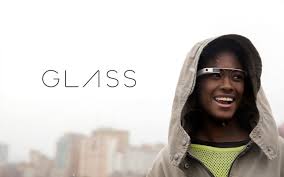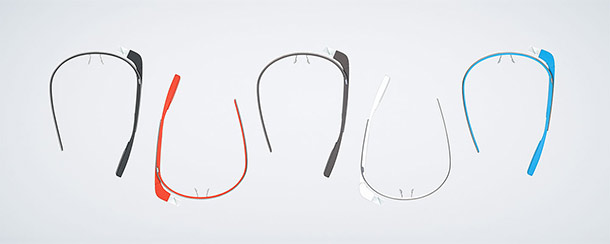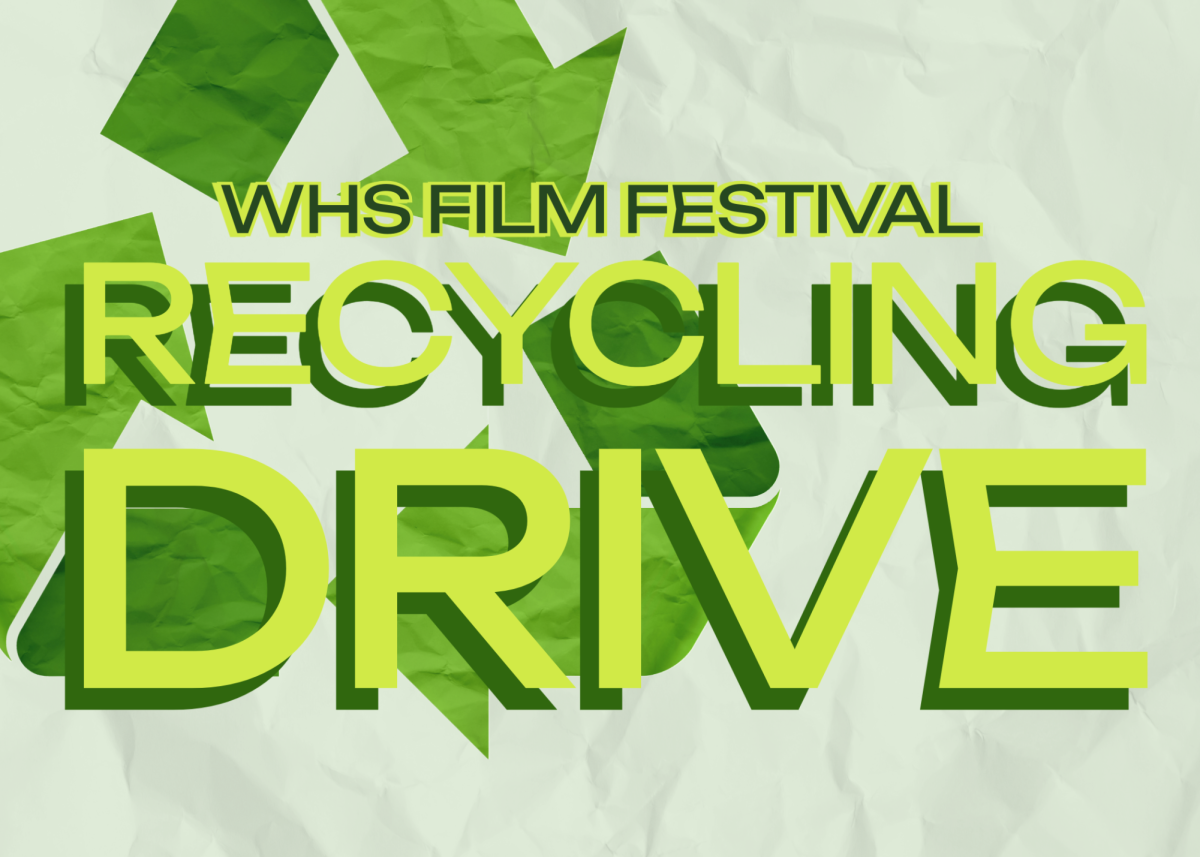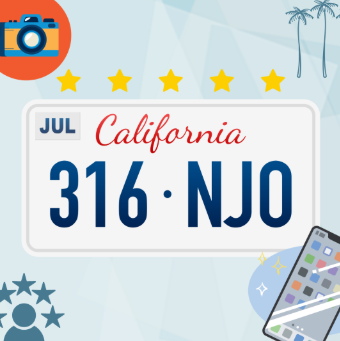The last remnants of the blazing sun dip below the Bora Bora horizon, illuminating the evening sky with haphazard streaks of fiery reds, electric yellows, and brilliant purples. Approximately 6,337 miles away in a small apartment in Brooklyn, New York, a young child takes his first wobbly steps and eventually collapses into his beaming mother’s outstretched arms. At the same time, hundreds of thousands of paper lanterns are released at the Yi Peng Festival of Lights, free to drift noiselessly deeper and deeper into Thailand’s limitless night sky. At any given time, one may find oneself in the midst of an awe-inspiring event— a fleeting moment of profound beauty, excitement, or simple happiness that renders one utterly speechless. Such transient experiences cannot be foreseen or anticipated; therefore, life’s exhilarating moments are too often left undocumented. No pictures or video clips can be shared with friends and family—that is, assuming every citizen does not keep a still camera or smart phone on hand wherever they roam, just in case.
The possibility of capturing these moments by sight and turning them into not only memories but tangible accounts of events has long been a topic of conversation among technology experts and engineers. After years of fruitless efforts, Google has finally developed Google Glass: an interactive sunglass experience that is sure to rival top gadgets like the iPhone 5. “Project Glass” is expected to be not only a consumer favorite, but also a major breakthrough in the relatively new but rapidly growing field of augmented reality. However, despite its seemingly innumerable capabilities, some experts argue that Google Glass is more risky than remarkable. Their speculation begs the question: How could a gadget so sensational—so revolutionary—be anything but beneficial?
In February 2013, Google released a scintillating promotional video for its newest creation, Google Glass. Starring ordinary people with extraordinary talents—trapeze artistry, airplane aerobatics, and hot-air-balloon piloting, to name a few—the promo spread like wildfire across the Internet, captivating consumers of all ages with the model’s sleek design and lightweight frame. Taking the form of the average pair of eyeglasses, Google Glass is not unlike the brand name eyewear one can find at their local optometrist. However, the major discrepancy—and the most conspicuous aspect of the design—is the rather large rectangle piece above the right lens. It is deep within this odd, geometric compartment that the real twenty-first century magic happens.
With the help of cutting edge technology and unmatched engineering intelligence, Google has incorporated the intellect of an iPhone and the portability of the GoPro into their Glass blueprints. The glasses, expected to be available for public purchase as early as August 2013, are a hands free and unique alternative to the commonplace Smartphone. The device is voice activated and eye-operated, as features like the camera track the wearer’s eye movements and use them to focus. The glasses offer a variety of services from the hologram-like drop down menu provided. At any given moment, one can take a picture, record a video, translate a sentence, display the weather, and even receive flight details. With Google Glass, sharing photos and videos will soon become a phenomenon of the past. Why share prerecorded content when one can share a live experience? As the most interactive feature programmed into the glasses, Google “Hangout” will soon become the gadget’s most popular feature. Shortly after commanding the glasses to “Hangout with” a fellow Google member, the miniature computer hidden inside the frame will connect the user to friends or organizations in their Google Circle, project a live image of them on the lens, and relay an image of your view of the world straight to their computers. With a simple, “Ok, Glass, give directions,” a virtual map will appear at the top corner of the right lens, and an automated voice feeds the user information about the quickest routes to their desired destination. User-friendly and stylish, Google Glass will be perched atop the noses of many in an array of contemporary colors: charcoal, tangerine, shale, cotton, and sky.
The project hopes to tackle the technological realm du jour, augmented reality. This particular field of technology is characterized by a device’s ability to integrate computer-generated images with real-life footage, thus creating a sensationalized effect and a slightly enhanced sense of reality. In the YouTube age, the hobby of home video making grows more popular with each passing day. Not surprisingly, those most interested in augmented reality are the adventurous: athletes competing in extreme sports, explorers and filmmakers hoping to film the perfect footage for a time-lapse masterpiece, etc. Uploading videos containing fantastic elements— such as montages of mind-boggling stunts or crystal clear images of jungle animals— to YouTube gain the user likes on their video, subscribers to their channel, and almost immediate media attention. The secret behind the videos is not how they accomplished the task showcased, but with what.
Since 2004, the GoPro has been recognized as one of history’s most versatile cameras. Today, the miniature device can be attached to a helmet apparatus, suctioned to a flat surface, strapped to the chest of a user, and situated underneath or mounted atop a moving vehicle. Waterproof and virtually indestructible, the GoPro—originally invented to document surfing techniques and capture quality action snapshots from professional angles—has been raved about by bicyclists, motocross drivers, snowboarders, water skiers, parasailers, and hundreds more. Its high-res camera is perfect for harnessing nature’s beauty and creating an awe-inspiring time-lapse video for all viewers to enjoy. Despite the newer, smaller models, the GoPro is still quite a hassle to transport from place to place. The mounting equipment is clunky, unattractive, and liable to break. Even with very few flaws, the GoPro may soon be demoted from best portable camera to second runner up—just below Google Glass.
Apart from the massive hype surrounding the futuristic robo-goggles, Google Glass may not be as fantastic as originally expected. Bloggers and Techies around the globe are concerned about the controversial level of privacy guaranteed by Glass: none. Fast forward ten years into the future, and almost everyone in the world owns a pair of Google Glass; the majority of the earth’s inhabitants wear them every day. The content gathered by the glasses is shared onto the Internet via Google’s Cloud database. Consequently, everything recorded—both video and audio—would not be stored deep within the confidential files of Google; rather, everything one has ever said within earshot or done within view of Google Glass will be automatically uploaded to the Internet. Thanks to the “Big Brother-like” technology of Glass, a simple Google search of a particular citizen would yield conversations that they did not know were being recorded and actions they were certainly not expecting to be dispersed throughout cyber space. Neither the product nor the user could censor and filter information at will. With the information collected from Google Glass and shared on Google Plus, facial recognition and identification could be performed electronically and instantaneously.
Similarly, the constitutionality of Google Glass has raised many an eyebrow among critics since the details of its features were released earlier this year. The gadget’s perceptive qualities—namely its superior camera quality and sensitive audio receptors—directly violate an American’s Fourth Amendment right. The Bill of Rights states, “The right of the people to be secure in their persons, houses, papers, and effects, against unreasonable searches and seizures, shall not be violated, and no warrants shall issue, but upon probable cause, supported by oath or affirmation, and particularly describing the place to be searched, and the persons or things to be seized.” The use of Google Glass would undoubtedly spark dissention among the public. How could one feel secure not only in public, but also in their own homes if Glass’ sales grow as exponentially large as those of the iPhone? Information uploaded to the internet would eventually surface, revealing deep secrets or private information about any given individual.
In addition to providing a frighteningly detailed look into the personal lives of people around the world, Google Glass’ design lacks several necessary elements. With such a miniscule camera, Glass’ field of view would pale in comparison to that of both the GoPro and the iPhone. Issues with vocal recognition would certainly arise, as even an intelligent, computer-generated personality programmed inside a pair of glasses may not be able to decipher the words of those who speak quietly or have strong accents. If a Google Glass owner is caught in a rainstorm, is the device waterproof, or will unfortunate users receive a high-voltage shock to the head?
Upon its release in August 2013, Google Glass and its incredible features will attract millions of consumers worldwide and convince them to dispense nearly $1,500 on the innovative masterpiece. Children will hurriedly replace “iPad Mini” with “Tangerine Google Glass” on their annual Christmas lists to Santa Claus. Brand name eyeglass companies will compete to collaborate with Google on the next Glass model. However, some citizens will remain immune to the excited chatter and overwhelming hype expected to surround Glass. Instead of basking in the glory of having bought a pair, these people will be worrying about the future of the invention. They will question its infringement on privacy and the downfalls of its faulty design. They will be wondering why, in a world where beauty emerges in the most unexpected places— where one can experience the calm of a sunset, the laughs of a child, or the illumination of a peaceful night—are humans not content with living once-in-a-lifetime moments as they are meant to be lived: just once?









